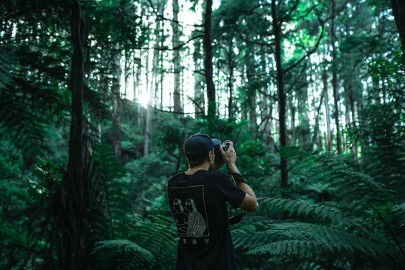Photography can be a bit complex for beginners, and understanding every aspect of it can be a bit of a challenge also. Mastering the light in photography and how it behaves is key to getting beautiful and eye-catching images, as well as portraits and upgrading your work of art to the next level.
Here are five mistakes you’ll most likely make and how to avoid them.
-
Lighting from below
When lighting is beneath your subject, you get an unnatural look to your images. The most reliable way to find out with people is to check the eyes, cheeks, and nose. Also, the catch light is an indication of where the light source is situated. It is advisable to change the subject’s position when you see the shadows.
-
Poor lighting
Lighting is delicate for every kind of photography. Therefore, when lighting goes wrong during a shoot, there is little one can do during the editing. As a result, it is essential to give it your best shot from the start.
Using a mixture of light sources, such as fluorescent and daylight, will give you unnecessary challenges and confuse the camera. To use them safely, one needs to use the different white balance settings on the camera. When shooting, you need the right balance of lighting.
-
Incorrect white balance
When your images turn out yellow/red [warm] or too blue [cool], it is caused by incorrect white balance. The white balance setting on your camera depends highly on your lighting. Therefore, a good white balance ensures your colors are accurate and true to the original. To achieve white balance, it is important to focus on what you can control.
-
Shadows and light spill
Positioning a subject close to the background is a common mistake made by most photographers and can create problems with lighting. Although shadows could be included when intended in your composition, they should be avoided when it’s not part of your concept.
Light spill can adversely affect your background and make your image void of color and tone. Thus, when you control light properly, your images will come out fine.
-
Distracting backgrounds
When the lighting in the background is brighter than your subject, it creates visual conflict. As a result, bright areas located at the corners and edges of a frame are the most distracting. Therefore, backgrounds become a mistake when the focus begins to distract from the main subject.
A longer lens will reduce the amount of background one can see, which is highly effective.
-
Using main light without a reflector
Using main light without a reflector is a super common mistake in photography lighting. When you shoot with only your main light, it will give your images ugly shadows. However, it can be circumvented when a reflector or other form of light is applied. Essentially, the reflector is a specialized reflective surface that helps in salvaging lousy light.
Final words
Errors are inevitable. It is what you do with them that matters. What you learn and how you use them to your advantage helps you to be more confident in yourself and art.





